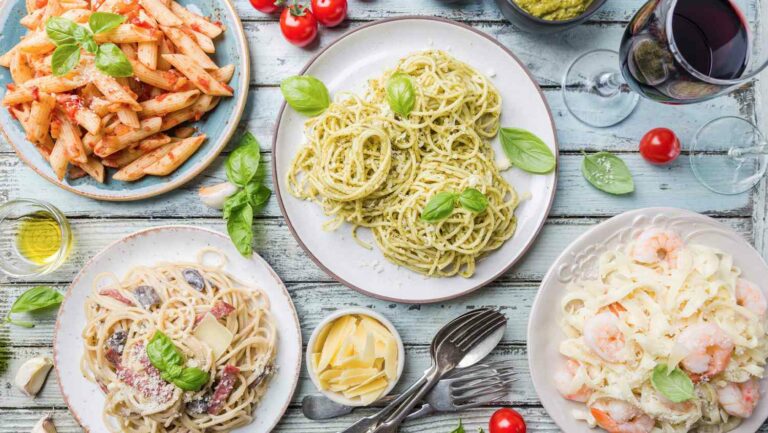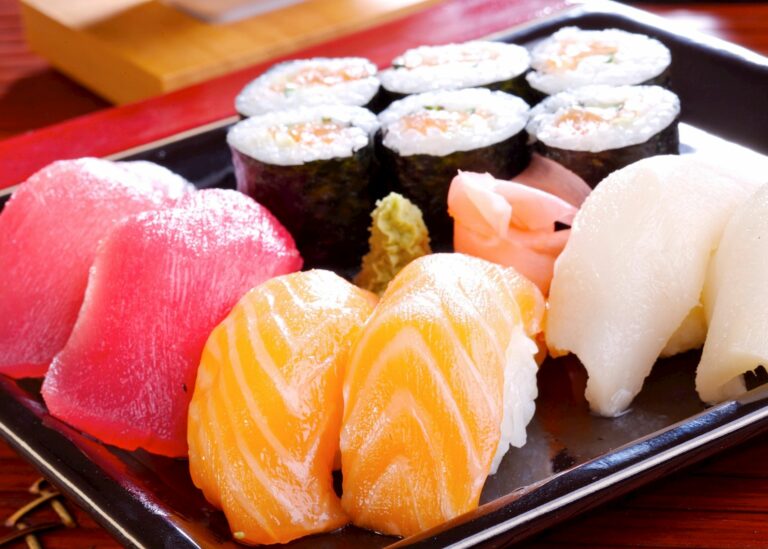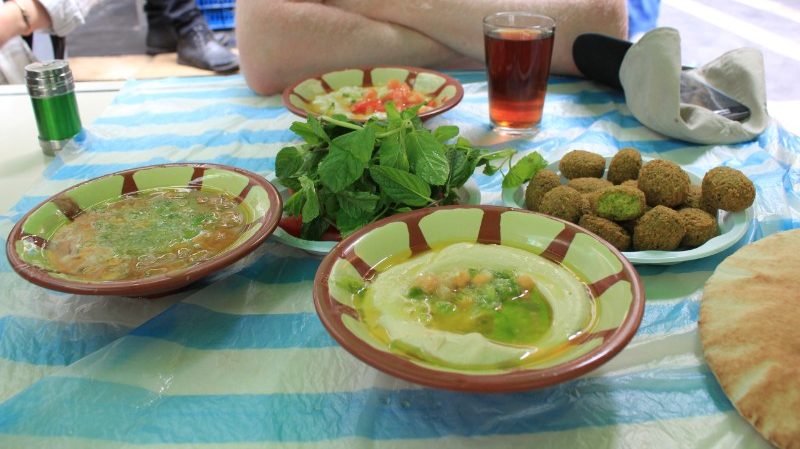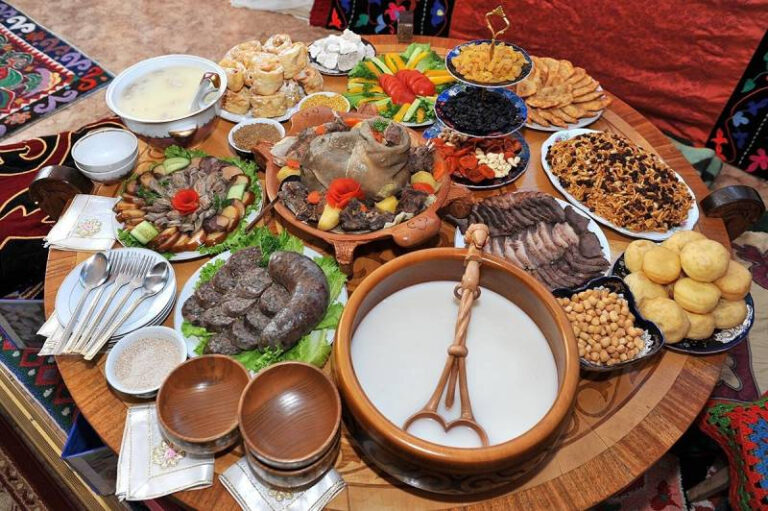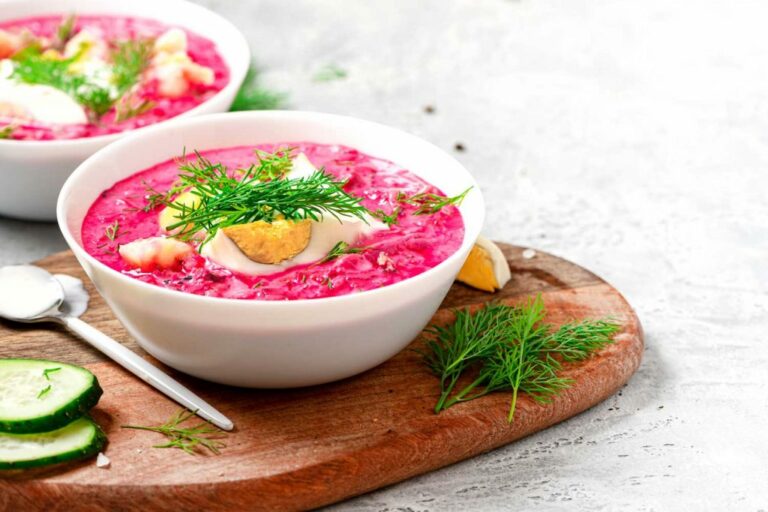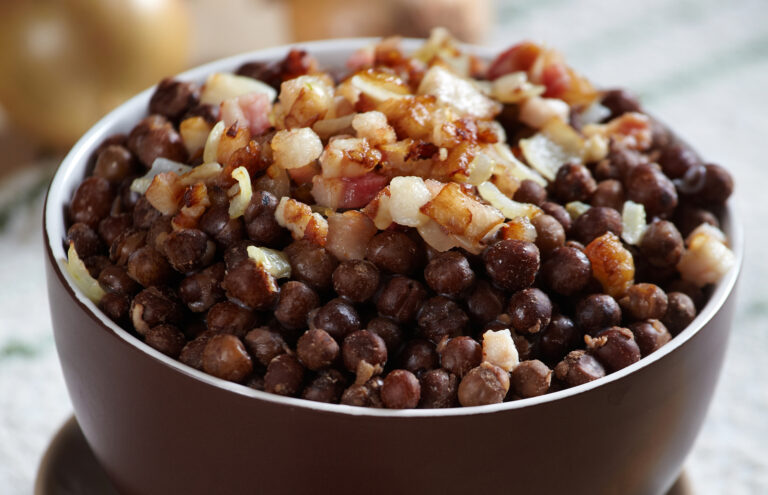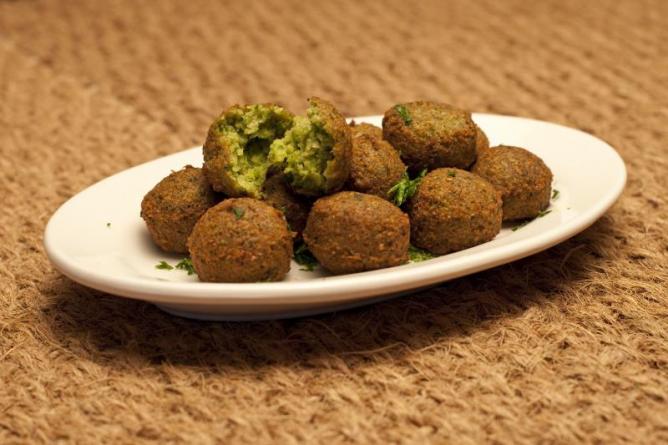Introduction to Italian condiments and sauces
Italian cuisine is known for its use of flavorful and aromatic herbs and spices. One of the key components that make Italian dishes stand out is the use of condiments and sauces. These ingredients add depth and complexity to dishes, making them more satisfying and delicious. From tomato-based sauces to creamy alfredo and pesto, Italian condiments and sauces are diverse and are used to enhance the flavors of pasta, pizza, salads, and other dishes.
Tomato-based sauces: marinara, arrabbiata, pomodoro
Tomato-based sauces are a staple in Italian cooking. Marinara is a classic sauce made with tomatoes, garlic, onions, and herbs. It’s a versatile sauce that can be used for pasta, pizza, and as a dipping sauce. Arrabbiata is a spicy tomato sauce made with red pepper flakes, garlic, and olive oil. It’s perfect for those who like their food with a kick. Pomodoro is a simple tomato sauce made with fresh tomatoes, basil, and garlic. This sauce is light and refreshing and is perfect for summer dishes.
Cream-based sauces: alfredo, carbonara
Cream-based sauces are rich and indulgent. Alfredo is a classic sauce made with butter, cream, and parmesan cheese. This sauce is perfect for pasta dishes like fettuccine alfredo. Carbonara is a sauce made with eggs, bacon, and parmesan cheese. It’s a decadent sauce that is perfect for pasta dishes like spaghetti carbonara. Both of these sauces are rich and indulgent, making them perfect for special occasions.
Pesto: traditional and modern variations
Pesto is a popular sauce made with basil, pine nuts, garlic, parmesan cheese, and olive oil. It’s a versatile sauce that can be used for pasta, pizza, sandwiches, and as a marinade. Traditional pesto is made with basil, but there are modern variations that use different herbs like cilantro and parsley. Pesto can also be made with different nuts like almonds and walnuts.
Balsamic vinegar: origin, types, and usage
Balsamic vinegar is a type of vinegar that originated in Italy. It’s made from grapes that are simmered in a pot until they become syrupy. The syrup is then aged in wooden barrels for varying lengths of time, ranging from a few years to over 25 years. There are two types of balsamic vinegar: traditional and commercial. Traditional balsamic vinegar is aged for a minimum of 12 years and is expensive. Commercial balsamic vinegar is aged for a shorter period and is less expensive. Balsamic vinegar is used in salad dressings, marinades, and sauces.
Olive oil: extra-virgin and flavored varieties
Olive oil is a staple in Italian cooking. Extra-virgin olive oil is made from the first cold pressing of the olives. It’s the highest quality olive oil and has a fruity flavor. Flavored olive oils are made by infusing the oil with herbs like rosemary, thyme, and garlic. These oils are perfect for salads, marinades, and as a dipping oil. Olive oil is also used in sauces like marinara and pesto. It’s a healthy oil that is high in monounsaturated fats and antioxidants.

